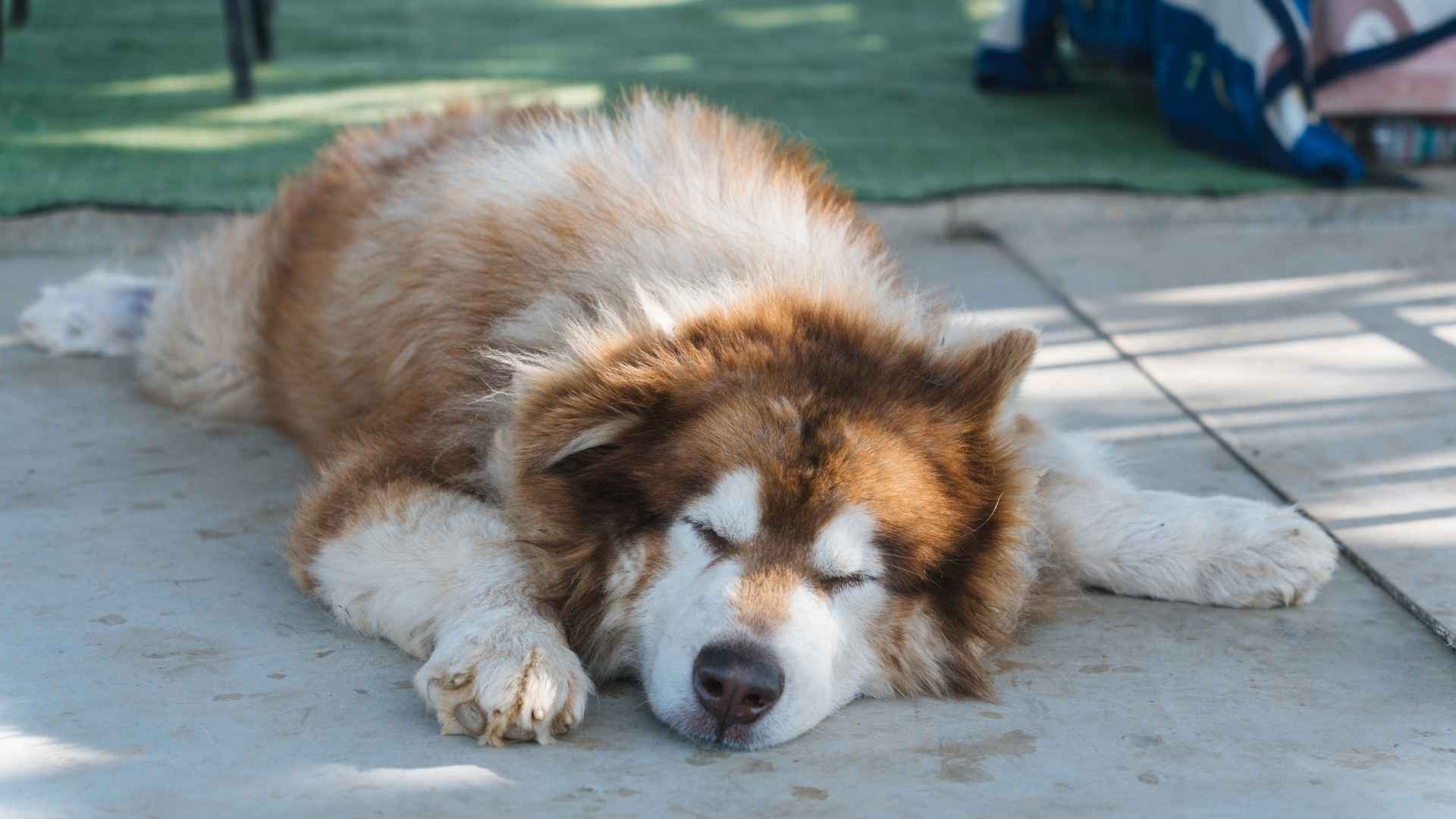Got a full house? Toys everywhere, kids running around, barely enough space for the coffee table? Then, squeezing into a dog bed might seem impossible. That’s where outdoor-friendly dog breeds come in.
Some dogs are perfectly content sleeping under the sky. They’ve got weather-proof coats, easygoing attitudes, and a natural love for fresh air. No drama, no whining—just loyal companions who enjoy their own space. These aren’t high-maintenance, indoor-only pets. These dogs are tough, independent, and low-fuss.
Whether it’s a big backyard or a small shed with warm bedding, they’ll happily sleep through the night. And in the morning? They’ll still be wagging their tails, ready to protect, play, or just be part of the family.
In this guide, we’ll explore the best dog breeds that can sleep outside comfortably, so you can enjoy the joys of dog ownership without giving up your couch or your sanity.
Dog Breeds That Can Sleep Outside
1. Bearded Collie
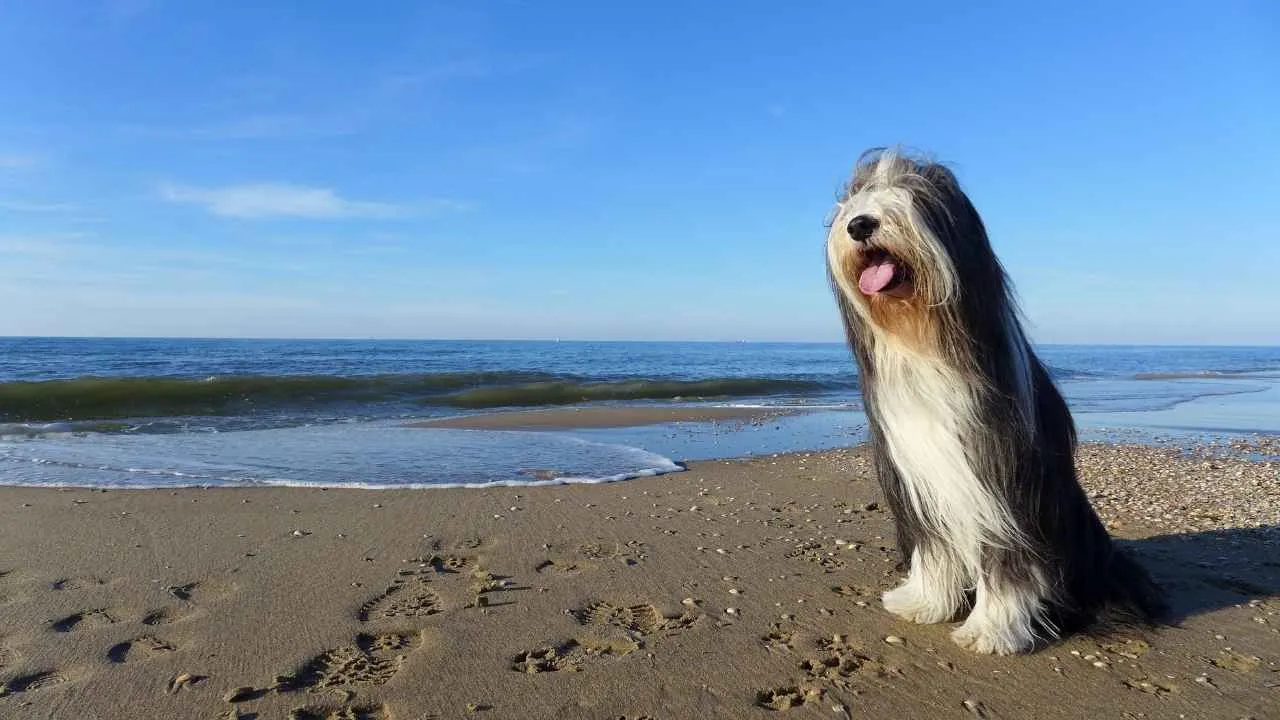
Originally bred to herd sheep in the rugged Scottish Highlands, Bearded Collies are used to long days in open fields and unpredictable climates. Their natural stamina and independence make them a solid fit for homes with large yards or farms, where they can stretch their legs and stay alert without much fuss.
Built for the elements
With their signature shaggy double coat, Bearded Collies are better equipped than most when it comes to harsh environments, as stated in the AKC. That thick coat isn’t just for looks — it acts as insulation, shielding them from wind and rain. As long as there’s shelter, they can handle overnight stays in the yard quite comfortably.
Suited for colder climates
It’s not just the fur. Their hardy nature and herding background allow them to tolerate cold weather better than many other breeds. They remain active and cheerful even when the temperatures drop, especially if they’ve been acclimated gradually.
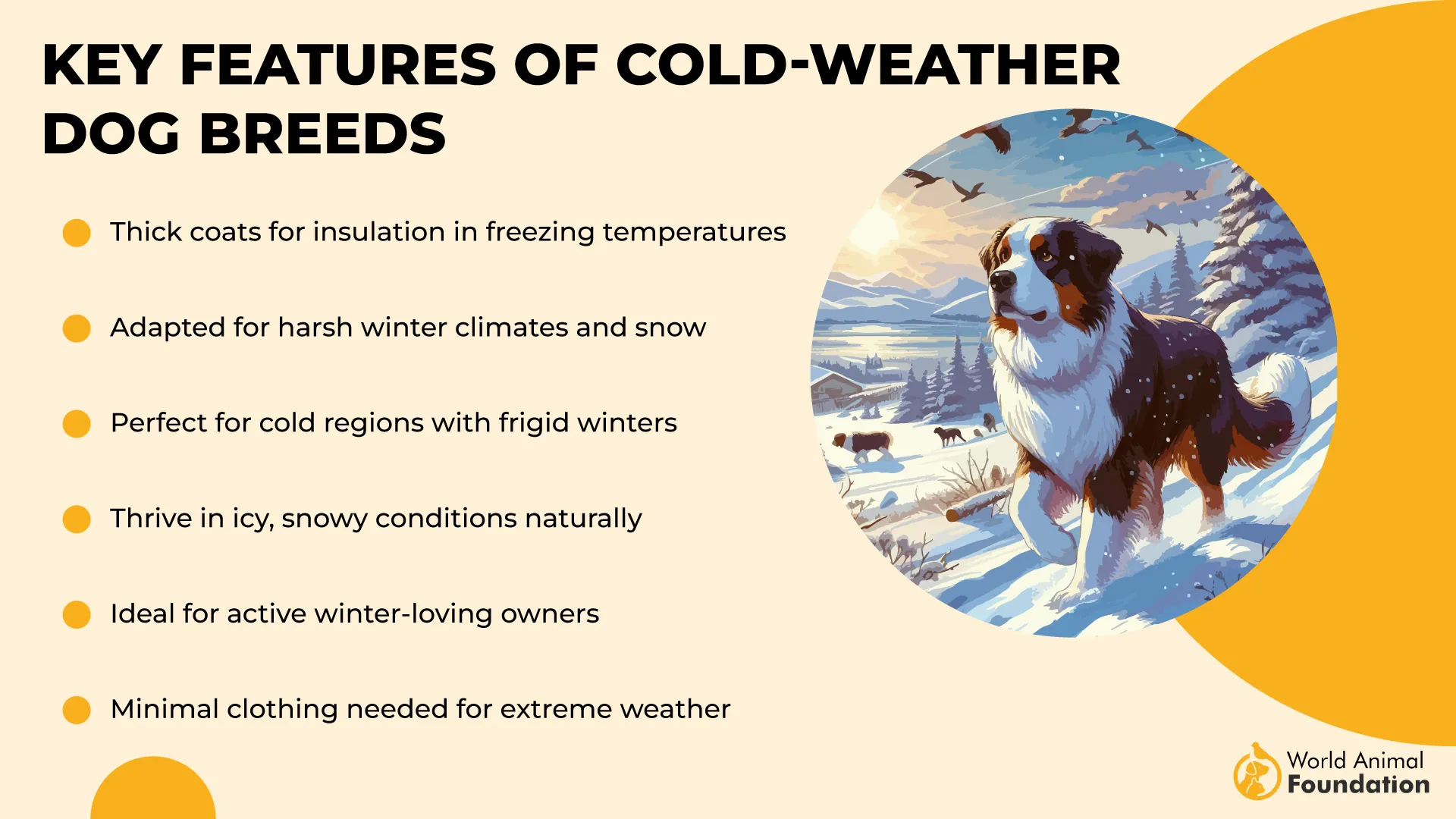
Independent, but loyal
They enjoy being around people but aren’t clingy. This balance of affection and independence is part of what makes them excellent outdoor dogs — they don’t rely on constant human supervision to feel secure, yet they’ll still greet you with full-body wiggles the moment you show up.
2. Australian Shepherd
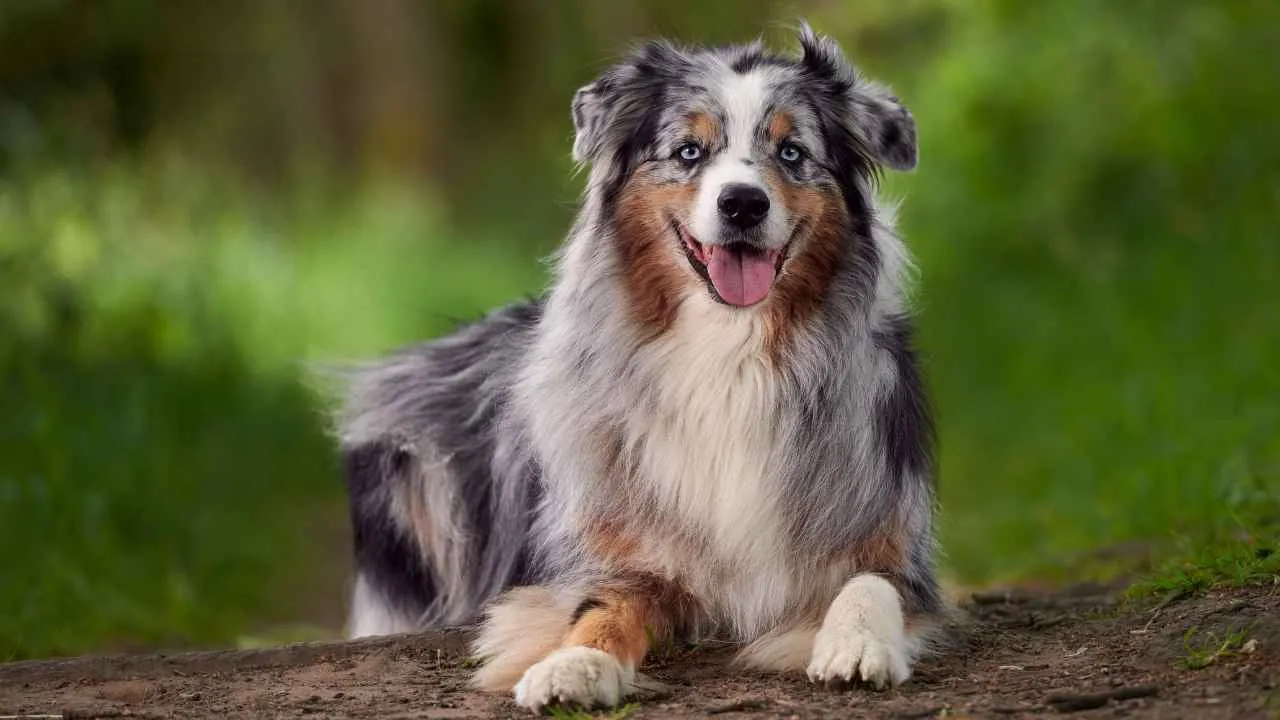
The Australian Shepherd was never actually from Australia — the dog’s history traces back to the Basque region of Europe and later the American West, where it earned its place as a ranch essential, as mentioned by Britannica. Bred to herd livestock across vast open terrain, it thrives in environments that demand both physical and mental work.
Suited for life outdoors
Aussies aren’t just tolerant of outside life — they prefer it. Their dense, weather-resistant coat protects them in changing climates, and their ability to self-regulate activity keeps them busy. With access to a safe yard and proper shelter, they adjust well to life beyond the living room.
Strong-willed working instinct
As classic herding dogs, they’re driven by purpose. That need to work means they won’t sit idle all day, even when outside alone. They’ll patrol, observe, and sometimes even “herd” children or other pets. This constant motion keeps them stimulated without constant human interaction.
Naturally tough and focused
Unlike most dogs that lounge when left outdoors, Australian Shepherds remain engaged with their surroundings. That’s part of what makes them one of the best outdoor dogs — they’re wired to do more than simply nap in the sun.
3. Alaskan Malamute
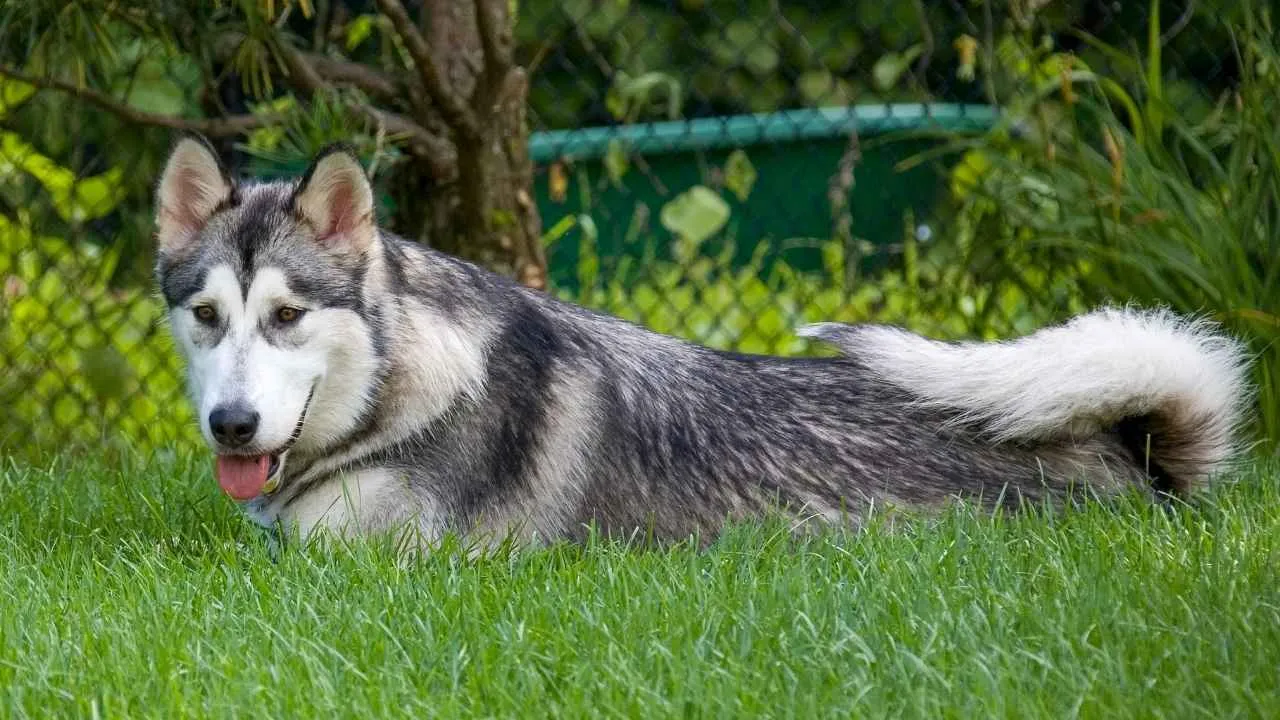
The Alaskan Malamute isn’t just a sled dog — it’s a powerhouse originally developed to haul heavy loads across icy landscapes.
Their build is all muscle under that thick fur, and they don’t just survive cold — they’re made for it. Generations of Arctic work molded them into one of the few certain breeds truly meant for harsh outdoor life.
Thrives in freezing climates
With a dense double coat that insulates against snow, wind, and sub-zero nights, Malamutes handle cold weather conditions without hesitation. As long as there’s proper shelter, they can rest outside comfortably even when temperatures plummet — and many actually prefer it.
Needs time and space outdoors
This breed isn’t suited for apartment life or being cooped up, as per Hills Pet. As one of the original outdoor dog breeds, they need room to move and routines that involve daily activity. Leaving a Malamute outside isn’t neglect — it can be fulfilling when they’re given freedom to roam and observe.
Built for long days, not short bursts
Malamutes aren’t sprinters — they were designed for pulling sleds over extended periods. That stamina carries over into how they spend time outdoors: steady, watchful, and rarely idle, even when not working.
4. Norwegian Elkhound
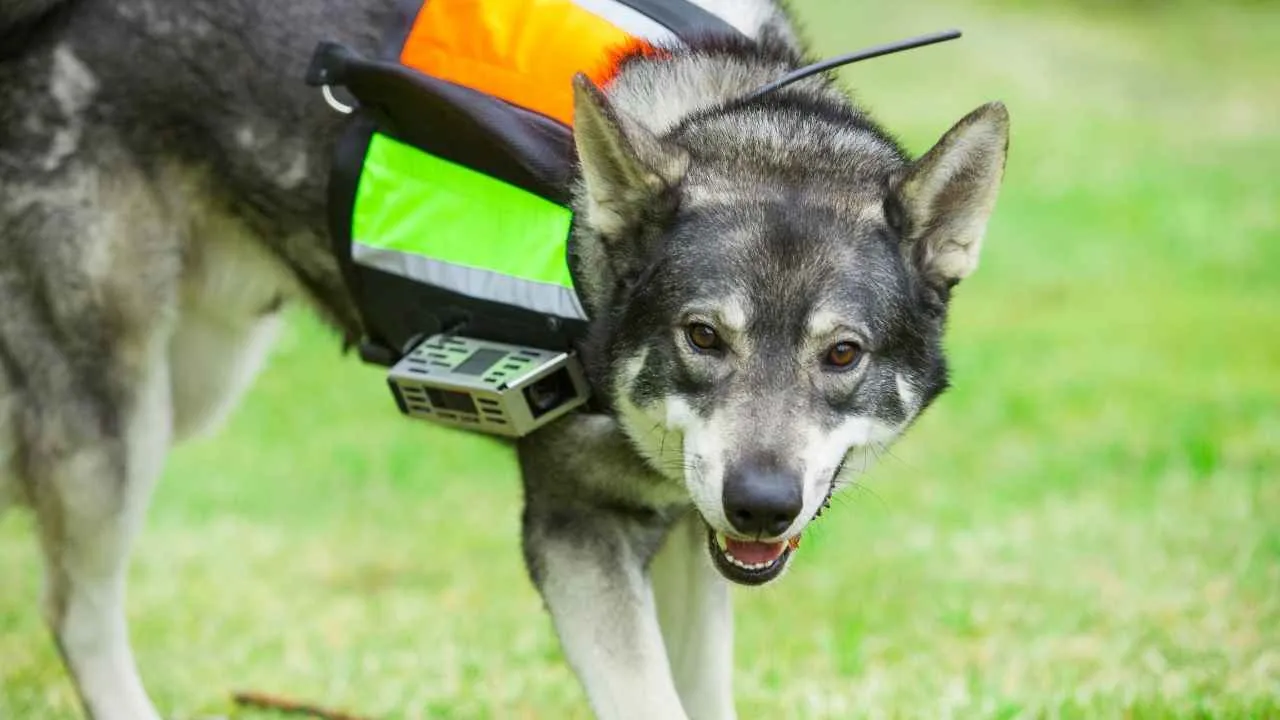
The Norwegian Elkhound’s origins go back over a thousand years — this was the Viking’s go-to working dog, relied on to hunt elk, bear, and other large game in dense forests and mountainous regions. They’ve always been built for stamina and terrain, not for a cushy indoor life.
Thick-coated and weather-hardened
With a coarse, water-resistant outer coat and a dense underlayer, the Elkhound is naturally insulated against harsh elements, as highlighted by PetMD. It’s this adaptation that makes them thrive during long periods outdoors, even in snow or heavy rain, without discomfort or agitation.
Driven by instinct and independence
Unlike many companion breeds, Elkhounds don’t need constant supervision. Their natural alertness and loyalty make them excellent solo guardians of the yard or property. It’s in their nature to patrol, observe, and respond, especially when given a task or purpose.
Adventure-ready and emotionally balanced
If there’s one thing this breed craves, it’s movement with meaning. A simple walk won’t cut it — a proper outdoor adventure gets their mind and body working in sync.
That’s when you’ll see their true nature: not just a happy dog, but one deeply in tune with its surroundings. Like many dogs live to work, Elkhounds thrive when they’re respected as partners, not ornaments.
5. Irish Wolfhound
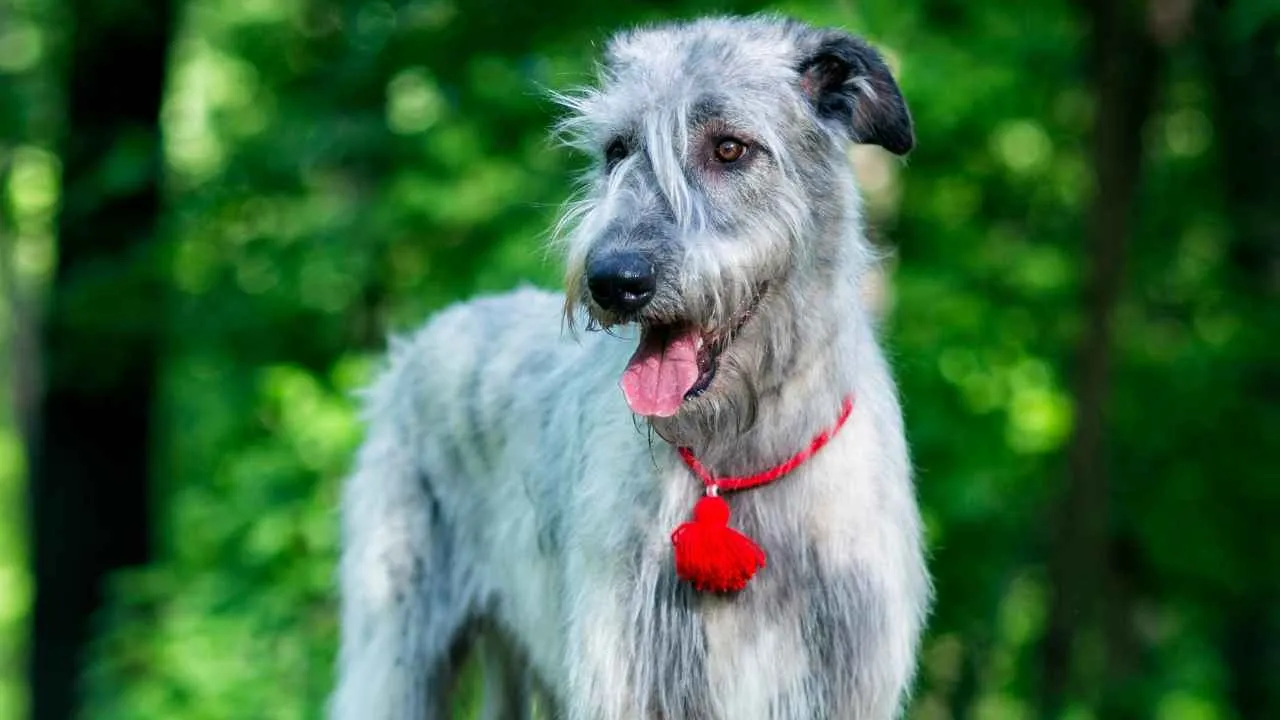
Originally bred to take down wolves and guard homesteads, the Irish Wolfhound is among the tallest dog breeds in the world. Despite its size, it’s surprisingly calm, dignified, and sensitive to its environment. They weren’t bred for speed — they were bred to finish the job with power and precision.
Made for space, not confinement
While they’re not suited to tiny homes or apartments, it doesn’t mean they’re built to permanently live outdoors. As per its breed profile by AKC, their wiry coat can tolerate moderate weather, and they do enjoy the great outdoors, but they’re not a solitary breed. Left alone outside too long, they become detached and withdrawn.
Emotionally tuned in
Wolfhounds are highly responsive to their people. They’re not needy, but they do quietly crave connection. Lack of human contact affects their well-being — they can’t be treated like a yard ornament. They’ll roam a field all day, but they need to return to a sense of belonging.
Still a guardian at heart
While modern Wolfhounds may not chase down predators, their protective instinct hasn’t faded. They stay alert, observe calmly, and rarely bark without purpose. With access to the great outdoors and a balanced routine, they carry out their ancient purpose with quiet strength.
6. Greater Swiss Mountain Dog
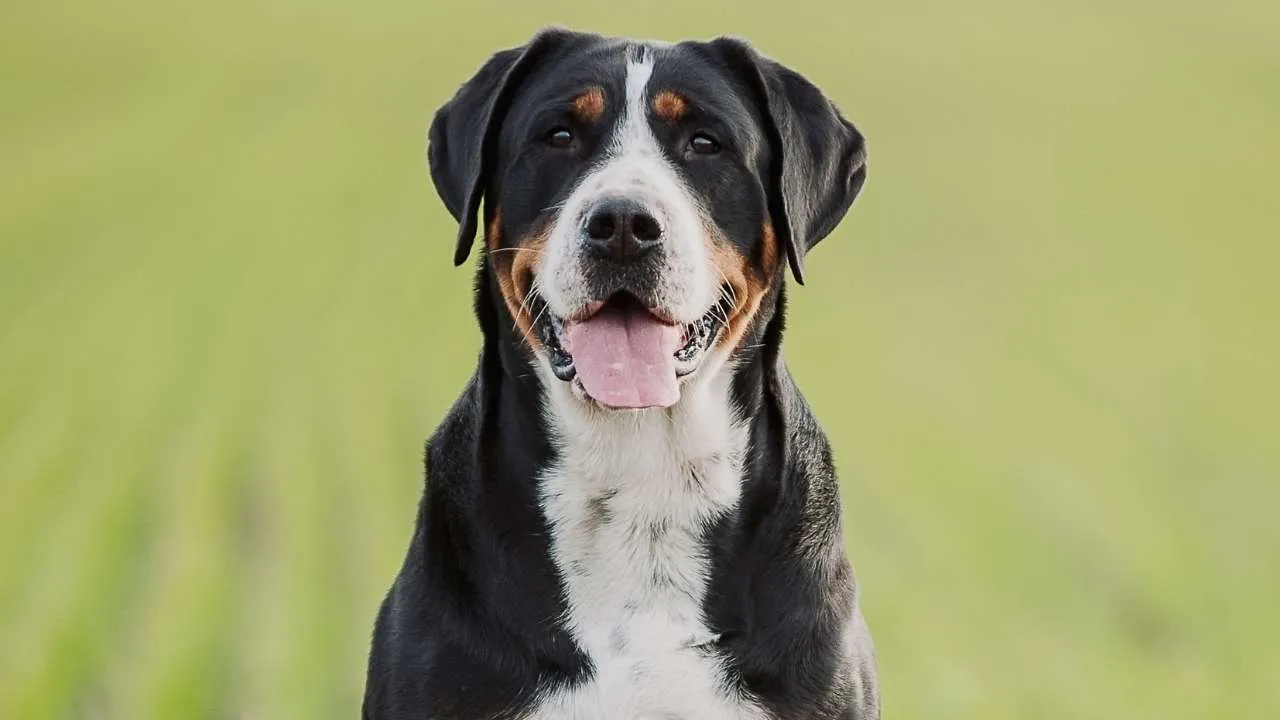
The Greater Swiss Mountain Dog was developed in the Swiss Alps to haul carts, guard farms, and assist herders through uneven terrain. They weren’t bred for speed or flash — they were bred to endure. That working heritage gives them the physical and mental drive to stay outside for hours on end.
Coat and constitution to handle the elements
Their dense double coat, with a thick underlayer and weather-resistant topcoat, offers natural protection against wind and fluctuating temperatures. While they aren’t made for scorching heat, they manage moderate snow and chilly air with ease, especially when active or on duty.
Independent but grounded in structure
This breed values purpose. Without a job or role, they get restless fast. They’re not clingy, but they’re not loners either — they operate best when they know the boundaries of their territory and have something to watch over or transport.
A steady mind with a grounded temperament
Unlike more reactive breeds, the Greater Swiss Mountain Dog is composed. They don’t jump at every noise or passerby, but they are always aware. Their calm, deliberate presence makes them ideal for open properties and rural spaces, especially when balanced with training and consistency.
7. Bernese Mountain Dog
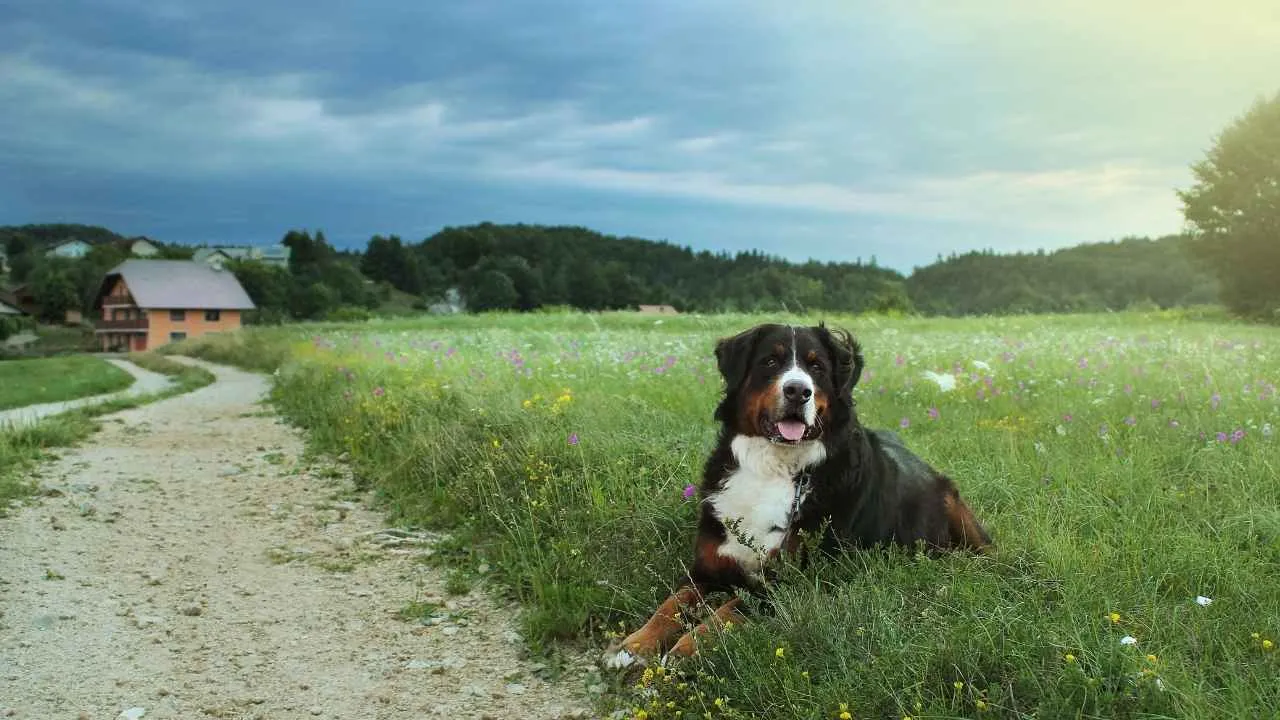
The Bernese Mountain Dog was bred in Switzerland’s farmlands to pull carts, herd livestock, and stand watch over steep hillsides. Their strength isn’t just in muscle — it’s in patience. Unlike more impulsive breeds, Berners respond with thought, not speed, making them a steady partner in unpredictable outdoor environments.
Thick-coated and cold-capable
That tricolor coat isn’t just about looks — it’s a dense, insulating layer designed for snowy fields and frosty air. While their undercoat keeps warmth in, the outer guard hairs repel moisture and wind.
They don’t overheat easily in cool climates, and their bodies are conditioned to handle hours of steady activity in open terrain.
Not soft in discipline, just soft at heart
Though they’re physically strong, Berners are emotionally sensitive. They’re tuned into tone, routine, and energy around them. Harsh commands or chaos throw them off.
What keeps them grounded outdoors isn’t just fencing or a leash — it’s trust and familiarity with the space and the people who share it.
They don’t wander — they wait
This breed isn’t drawn to wanderlust. They stay close, always watching. They’ll follow at a quiet pace, stay alert to subtle changes, and never rush unless there’s reason. Their presence is more about loyalty than energy — calm, collected, and deeply bonded to where they belong.
Conclusion
Not every dog thrives inside four walls — some are simply wired for the wild. These breeds weren’t bred to cuddle on couches or nap under ceiling fans. From coarse fur that helps them stay warm in winter, to personalities that crave outdoor activities, they’re built to embrace the elements.
While small dogs may shiver at the first breeze, these tougher animals flourish outside, as long as there’s a safe zone with shelter and love. Whether it’s a working breed patrolling at dusk or a quiet puppy curling up in a cozy shed, comfort doesn’t always mean indoors.
Of course, no dog should be left alone for long or in extreme heat. Even the hardiest breeds should be monitored in hot weather and brought inside during storms or for short periods of rest and bonding.
With the right setup, outdoor sleeping isn’t just possible — for some dogs, it’s perfect.


